Recognizing the Overlooked Foundations of Physical Security
While much of today's cybersecurity focus dominates boardroom conversations, many businesses inadvertently neglect their physical security plans—a critical line of defense for protecting assets, personnel, and information. Overlooked vulnerabilities and outdated protocols can expose organizations to threats ranging from insider sabotage to natural disasters. This article explores the common blind spots in physical security strategies and offers insights into how companies can strengthen their defenses to remain resilient against a full spectrum of risks.
Understanding Core Principles: The 5 D's of Physical Security
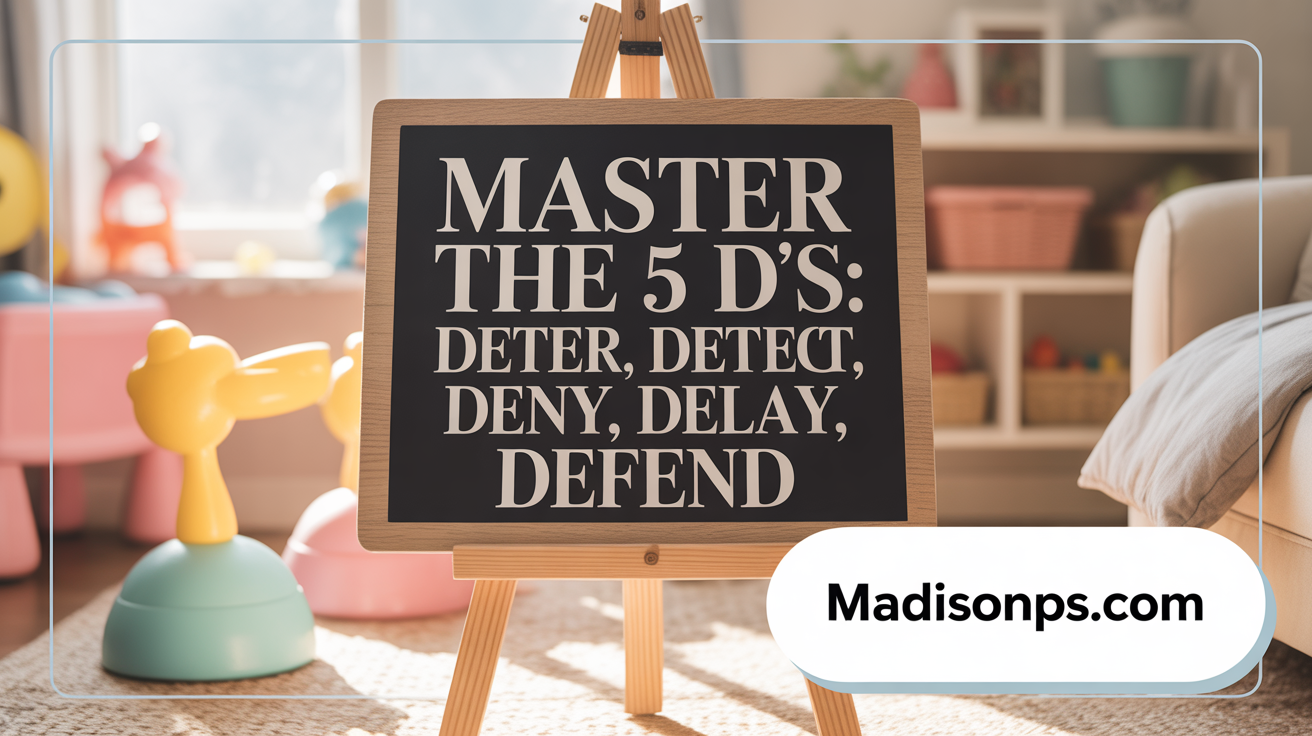
What are the 5 D's of physical security?
The 5 D's of physical security—Deter, Detect, Deny, Delay, and Defend—form a comprehensive framework for safeguarding assets and personnel. Each component plays a pivotal role in establishing layered security measures that can adapt to evolving threats.
Deter involves making unauthorized access unattractive or risky for intruders. Common deterrents include security cameras, visible signage warning of monitoring, adequate lighting, and physical barriers like fences. These signals help discourage potential offenders from attempting breaches.
Detect is about early identification of security breaches. Alerts from alarms, motion sensors, CCTV surveillance, and security patrols enable organizations to respond swiftly before threats escalate. High-resolution cameras and integrated sensors help maintain constant vigilance.
Deny refers to preventing unauthorized access altogether. Physical barriers such as fences, locked doors, access control systems with biometric or card readers, and secure entry points restrict entry exclusively to authorized personnel.
Delay strategies involve creating multiple layers of defense to slow down intruders. These include reinforced doors, security zones, lockdown procedures, and secure vaults, which buy valuable time for security personnel to respond.
Defend encompasses active response efforts by trained security staff, law enforcement, or security systems to neutralize threats. This can involve security patrols, alarm activation, or coordinated response plans to ensure rapid mitigation.
Practical examples of deterrence and detection
For instance, a company might install CCTV cameras at all entrances and exits coupled with signage indicating surveillance—an effective deterrence measure. Simultaneously, motion detectors and sensors will trigger alerts if unauthorized movement occurs during off-hours, exemplifying detection.
Access control systems like biometric scanners ensure only authorized staff can enter sensitive areas, denying and delaying potential breaches. In case of intrusion, alarms activate, alerting security personnel who can arrive quickly—closing the loop between detection and defense.
Role of denial, delay, and defense in layered security
A layered security approach combines these elements to provide comprehensive protection. For example, physical barriers deny entry, layered with security training and procedures (defense) to manage incidents. Detection systems monitor for anomalies, while delay tactics prevent quick breach attempts.
This integrated strategy ensures that if one layer is compromised, others remain to safeguard the organization. It transforms security from a single measure into a resilient system capable of responding effectively to diverse threats.
Human Error: The Often Ignored Security Achilles’ Heel
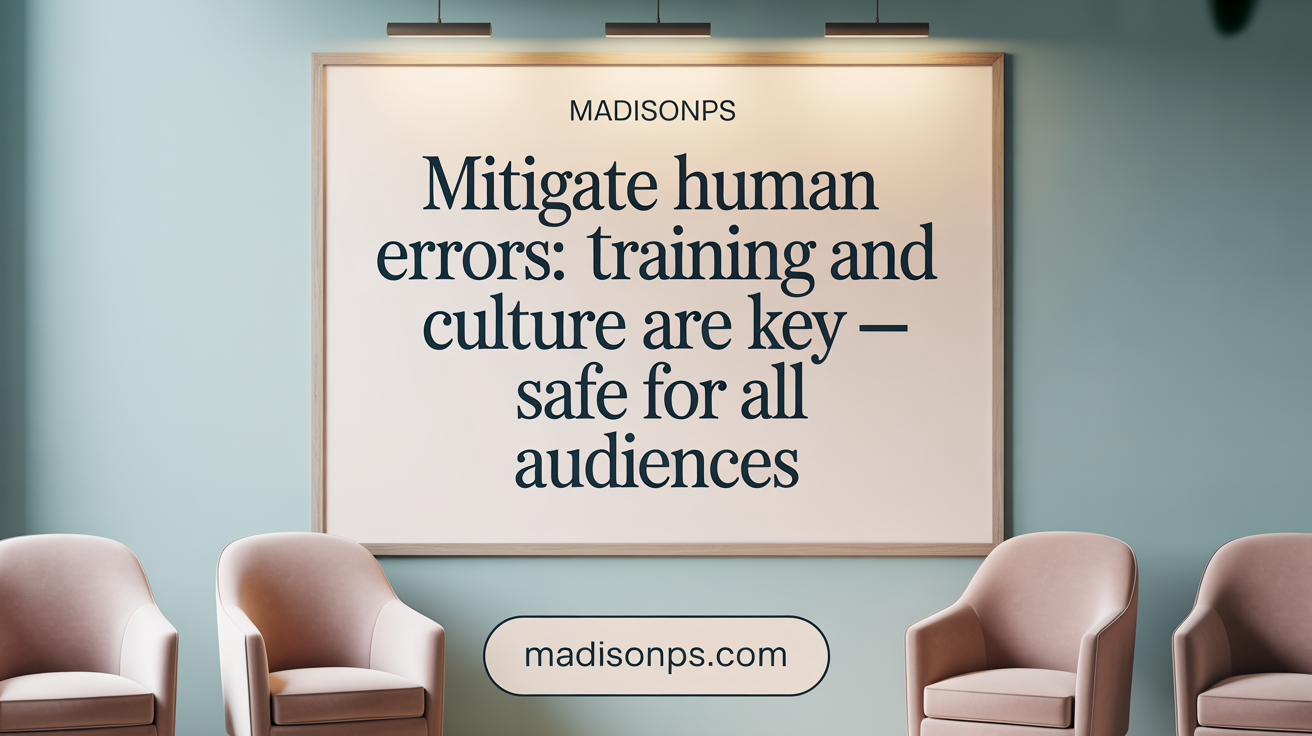
How human mistakes compromise physical security
Human error remains the most overlooked aspect of security vulnerabilities. When staff members unintentionally make mistakes, they can open doors to threats like theft, vandalism, or unauthorized access. Such errors can be simple—like failing to lock a door—or more complex, like falling for social engineering tricks.
Employees naturally want to help visitors or colleagues but sometimes do so without verifying identities properly. This creates opportunities for intruders to tailgate, where they follow authorized personnel into secured areas without proper credentials.
Examples such as tailgating and poor access control
Tailgating is one of the most common human-induced security issues. For instance, an attacker might exploit an employee’s politeness, sneaking in behind them as they open a door or scanning a badge for access without verifying identity.
Poor access control procedures, such as sharing passwords or failing to revoke access for former employees, further compromise physical security. Inadequate management of physical credentials, including not updating biometric access or key card permissions, provides criminals or insiders an unintended pathway into sensitive areas.
Importance of employee training and security culture
Preventing these human mistakes hinges on continuous training and fostering a security-conscious culture. Regular awareness programs remind staff of the importance of following security protocols, like correctly verifying visitors or not leaving keys unattended.
Security training should cover scenarios like recognizing suspicious behavior, reporting unrecognized visitors, and understanding the risks of tailgating. Developing clear policies and procedures ensures everyone is aligned on best practices.
By nurturing an environment where security is a shared responsibility, organizations minimize human errors that could lead to security breaches. Cultivating trust but verifying everyone’s identity is crucial for maintaining a resilient physical security posture.
Common Critical Risks Often Overlooked in Physical Security Plans
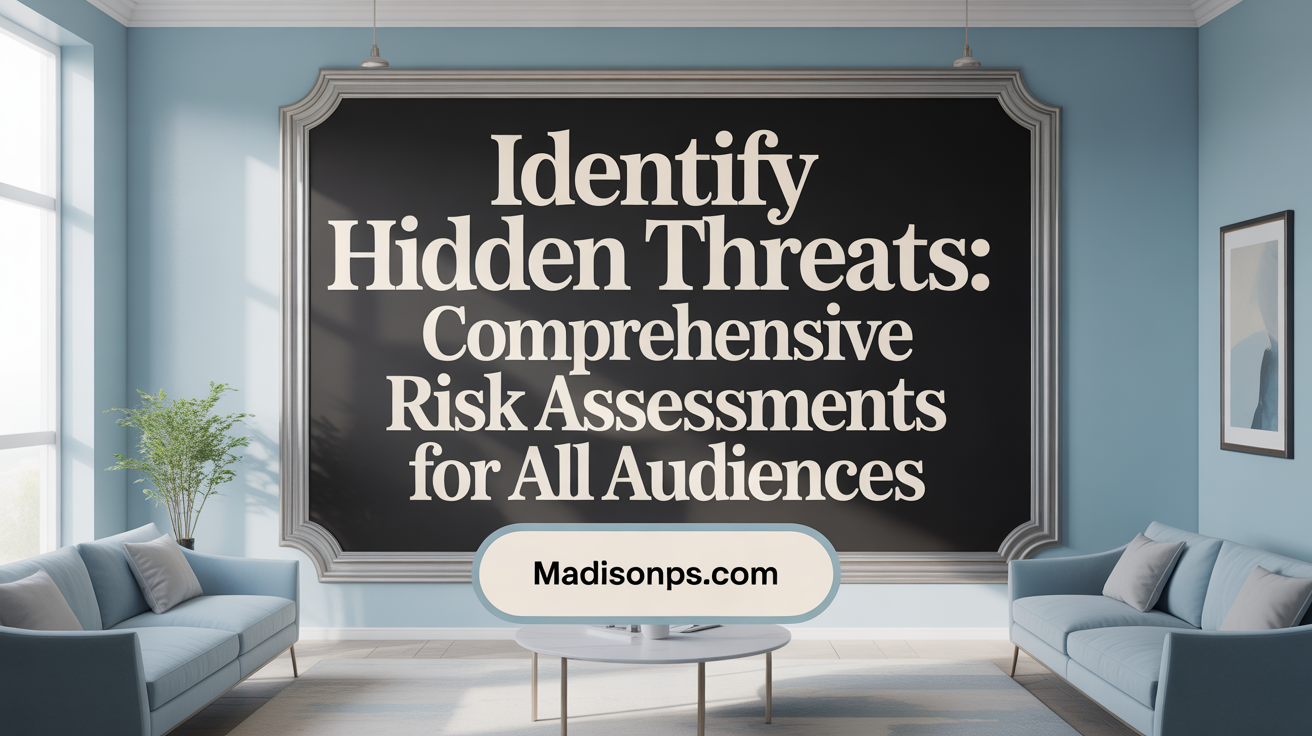
What are the most common critical physical security risks?
Organizations often underestimate or overlook essential threats that can jeopardize their safety and assets. Critical physical security risks encompass a broad range of threats such as attacks targeting office buildings, critical infrastructure like power grids, and vital assets. These threats include gunfire, vandalism, and increasingly sophisticated cyber-physical incidents, which can disrupt operations or cause physical harm.
Environmental hazards also pose significant dangers. Natural disasters like hurricanes, earthquakes, floods, and severe weather events can cause extensive damage to property and threaten personnel safety. Chemical leaks and other environmental leaks demand immediate alerts and well-developed emergency response plans to mitigate impacts.
Insider threats remain a considerable concern. Employees or contractors with malicious intent or negligence may lead to theft, sabotage, espionage, or fraud. Establishing robust access controls, monitoring systems, and policies is vital to detect and prevent such threats.
Workplace violence and vandalism further contribute to the picture of physical threats. Violent incidents can cause injuries and disrupt business continuity, while vandalism damages property and lowers morale.
To combat these risks effectively, organizations are increasingly adopting advanced monitoring and early-warning systems, such as platforms like Dataminr Pulse. These technologies enhance the detection of anomalous activity and potential threats across multiple domains, enabling quicker responses and reducing potential damages.
In summary, understanding and addressing these critical vulnerabilities through comprehensive security policies, technological aids, and staff training is essential for resilient operational security.
Neglected but Essential: Data Classification and Access Control
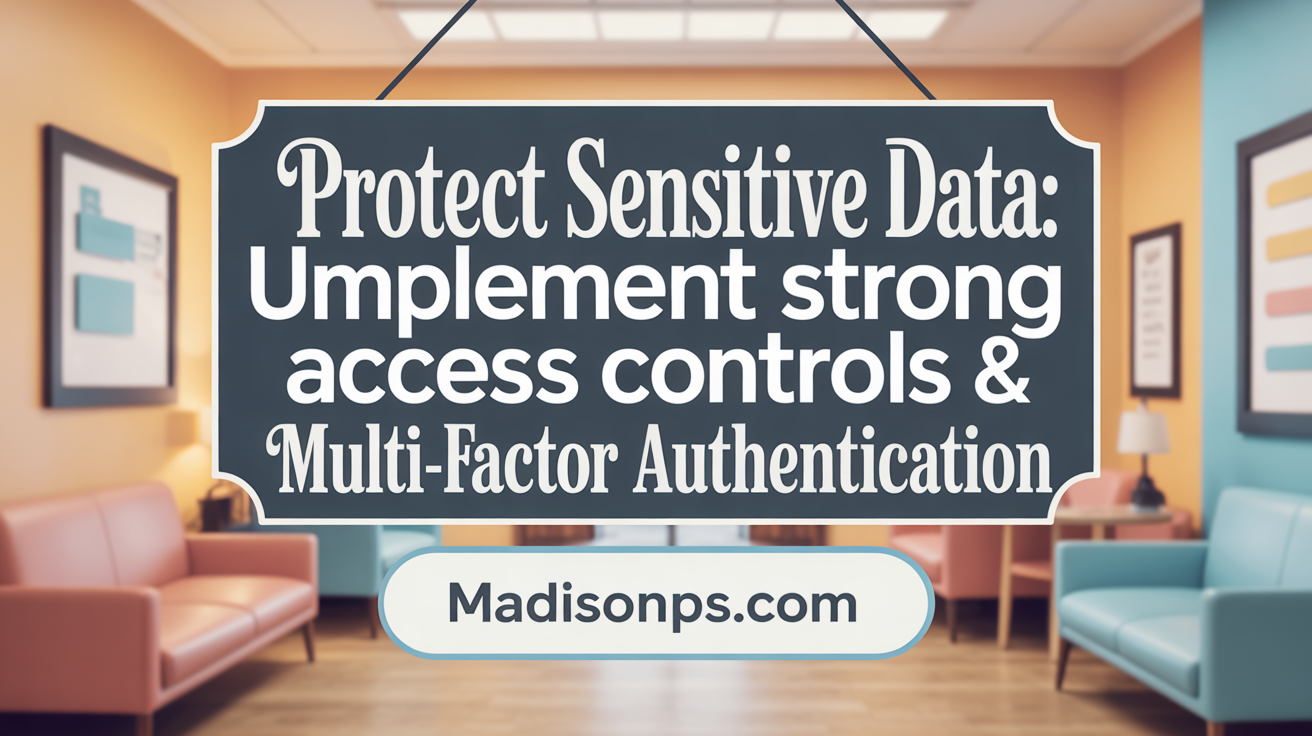
Why is data inventory and classification important in physical security?
Many organizations focus heavily on securing physical assets like buildings, servers, and hardware but overlook a fundamental aspect: their data. Properly identifying, categorizing, and understanding where sensitive data—such as personal information, payment details, or proprietary secrets—resides is crucial. This process, known as data classification, helps determine how data should be protected.
Without an accurate inventory and classification system, organizations risk exposing critical information unnecessarily. For example, confidential files stored in unsecured areas or unmarked digital assets can become targets for theft or tampering. Regular audits and automated scans are vital tools to discover and update the classification of sensitive information, including PCI, PHI, or intellectual property.
Proper classification guides the application of controls such as encryption, access restrictions, and monitoring. It ensures that only authorized personnel handle or view sensitive data, reducing the chance of accidental leaks or malicious attacks.
How do role-based access controls and multi-factor authentication improve security?
Implementing role-based access control (RBAC) and multi-factor authentication (MFA) is essential for safeguarding sensitive data. RBAC assigns permissions based on employees’ roles, ensuring they can only access information necessary for their duties. For instance, a receptionist should not have access to the company’s financial records.
MFA adds an extra layer by requiring users to verify their identity through multiple methods—such as a password, a smartphone app, or biometric verification—before gaining access. This significantly reduces the likelihood of unauthorized entry, especially if login credentials are compromised.
Despite their proven effectiveness, these security controls are often overlooked, either due to complexity or cost concerns. However, neglecting them exposes organizations to risks of insider threats and external breaches.
What are the risks of neglecting data protection alongside physical controls?
Focusing solely on physical security measures—like fences, locks, and surveillance cameras—without protecting digital data creates vulnerabilities. An attacker gaining physical access to a server room, for example, could steal data directly or install malicious hardware. Similarly, unprotected data stored on network drives or in cloud repositories can be accessed remotely if digital controls are weak.
Neglecting data classification and access control can result in breaches, regulatory penalties, and reputational damage. The rise of connected devices and IoT solutions further complicates matters, as physical access points may serve as gateways for digital intrusion.
A comprehensive security approach integrates physical barriers with strict digital controls, including data encryption, access management, and continuous monitoring. This layered defense minimizes the risk of data theft, alteration, or loss, ensuring the organization is resilient against diverse threats.
| Aspect | Physical Security Focus | Digital/Data Security Focus | Best Practices |
|---|---|---|---|
| Data Inventory & Classification | Often overlooked, critical for data protection | Essential for identifying sensitive info | Regular audits, automated scans, and clear data hierarchy |
| Access Control | Locks, biometric scanners, security personnel | Role-based permissions, multi-factor authentication | Enforce principle of least privilege, update permissions regularly |
| Threat Detection | CCTV, alarms, patrols | Intrusion detection systems, audit logs | Continuous monitoring and logging |
| Response & Recovery | Guards, alarms | Incident response plans, backups | Regular drills, incident analysis |
Adopting a holistic approach that combines physical security and rigorous data access management ensures organizations stay one step ahead of threats. Regularly updating policies, training staff, and leveraging technology create a robust security posture that protects both tangible and intangible assets.
Bridging the Divide: Integrating Cybersecurity with Physical Security
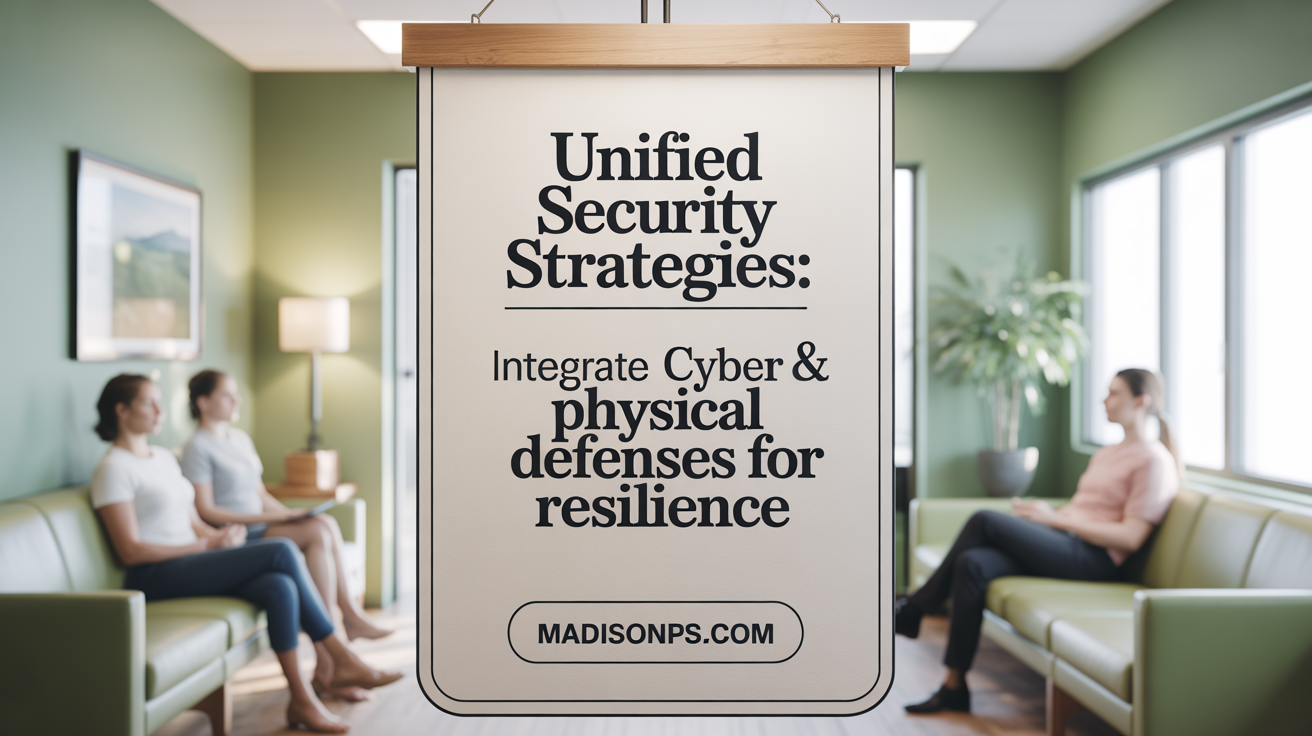
How are cyber and physical security strategies converging?
In today’s interconnected world, physical and digital security are no longer separate entities. Organizations realize that an attack on their physical assets can lead directly to cyber breaches, and vice versa. This synergy is called security convergence.
Effective integration involves combining electronic, mechanical, and electrical controls into a layered approach. For example, video surveillance systems not only deter intruders but can also be connected to cybersecurity platforms for real-time monitoring and alerting.
Many businesses now implement centralized management systems that oversee access controls, CCTV, intrusion detection, and cybersecurity measures. Such integration enhances visibility and response capabilities, enabling a faster and more coordinated defense against multifaceted threats.
How to protect IoT and smart building systems from hybrid threats?
Smart buildings leverage IoT devices for automation, energy management, and security. However, these connected systems can be vulnerable to cyber attacks that may disable alarms, unlock doors, or gather sensitive data.
Protection strategies include segmenting IoT networks from critical organizational networks, employing strong access controls, and conducting regular vulnerability assessments. Advanced monitoring tools utilizing AI can detect unusual patterns indicating compromise.
Furthermore, adopting standards like ONVIF for IP camera interoperability and using encrypted communications help secure these devices. Regular firmware updates and patch management are essential to close security gaps.
What is the role of collaboration between CISO and CSO?
Effective security management requires seamless cooperation between the Chief Information Security Officer (CISO) and the Chief Security Officer (CSO). The CISO typically oversees cybersecurity, while the CSO manages physical security.
By collaborating, these leaders can develop comprehensive risk assessments that consider both cyber and physical vulnerabilities. They can also coordinate incident response plans, ensuring a unified approach across all security domains.
This partnership enhances organizational resilience, particularly as more physical assets are connected to digital networks. CISO and CSO alignment facilitates better resource allocation, consistent policies, and improved training, ultimately strengthening the organization’s overall security posture.
| Aspect | Physical Security | Cybersecurity | Integration Goals |
|---|---|---|---|
| Focus Area | Access controls, surveillance, barriers | Firewalls, encryption, threat detection | Unified risk assessments and alerts |
| Key Technologies | Locks, CCTV, biometric scanners | Antivirus, SIEM, intrusion detection | Cross-platform security management |
| Challenges | Human error, blind spots | Phishing, malware | Coordinated incident response |
| Best Practice | Regular physical audits | Penetration testing | Collaborative security policies |
Emerging Trends and Solutions: Physical Red Teaming and AI

How does physical red teaming help uncover security vulnerabilities?
Physical red teaming involves simulating real-world attacks on a company's premises, assets, and security systems. This proactive approach allows organizations to identify weaknesses before malicious actors can exploit them. Red team exercises test the effectiveness of existing security controls, staff responses, and incident procedures.
Through these simulated attacks, organizations can evaluate blind spots, assess the strength of barriers like fences and locks, and test the response times of security personnel. Regular red teaming helps refine security strategies and ensures readiness against evolving threats.
How is AI and analytics used to strengthen threat detection?
Artificial intelligence (AI) and analytics play increasingly vital roles in modern physical security. By processing data collected from surveillance cameras, sensors, and alarm systems, AI algorithms can identify suspicious behaviors, recognize license plates, and analyze patterns for signs of unauthorized activity.
These systems generate real-time alerts and detailed incident reports, improving response times and reducing false alarms. AI-driven analytics also help security teams prioritize threats and maintain ongoing compliance with security standards.
What advanced technologies are being adopted for better security?
Organizations are incorporating cutting-edge tools such as biometric authentication, sensor systems, and integrated surveillance networks. Biometrics like fingerprint and facial recognition improve access controls and deter imposters.
Sensor technologies, including motion detectors and environmental sensors, provide early warning of fires, smoke, or unusual activity, especially in sensitive areas. Additionally, smart cameras equipped with high-resolution imaging and AI capabilities offer enhanced detection and deterrence.
These technologies work together within layered security frameworks, enabling organizations to proactively identify vulnerabilities, respond swiftly, and maintain comprehensive physical security.
| Technology Type | Implementation Focus | Benefits |
|---|---|---|
| Red Team Exercises | Penetration of physical defenses | Identifies weaknesses before attackers do |
| AI and Analytics | Data-driven threat detection | Quick, accurate alerts and insights |
| Biometrics | Secure access points | Difficult to forge, improves control |
| Sensors & Detectors | Environmental and motion sensing | Early warnings for fire, intrusion |
| Surveillance Cameras | Monitoring at critical points | Deterrence and incident recording |
Enhancing physical security through these innovative approaches helps companies stay ahead of threats, ensuring safety for personnel and assets alike.
Best Practices to Identify and Address Neglected Security Measures

How can comprehensive physical security risk assessments and audits help in identifying overlooked vulnerabilities?
Conducting thorough risk assessments and regular audits is essential for uncovering weaknesses in physical security. These evaluations examine entry points like doors, windows, and restricted areas, checking for poor lighting, malfunctioning locks, or blind spots in surveillance. They also assess the effectiveness of existing controls, such as CCTV coverage and access protocols. By identifying gaps, organizations can implement targeted improvements to strengthen their defenses.
Why are ongoing training, clear communication, and incident response planning critical?
Employees often represent the first line of defense in physical security. Regular training ensures staff recognize suspicious behavior, understand access controls, and follow proper procedures. Clear communication channels and well-defined incident response plans enable quick and coordinated actions during security breaches or emergencies. This proactive approach minimizes risks, enhances preparedness, and maintains aSecurity posture.
What are the benefits of adopting layered security strategies, including lighting, surveillance, access control, and emergency planning?
A multi-layered defense combines various security measures to create a robust protective environment. Adequate lighting deters criminals, CCTV surveillance records incidents, and access control restricts unauthorized entry. Emergency preparedness, such as fire drills and evacuation plans, ensures swift responses to crises. Together, these layers work synergistically to reduce vulnerabilities, delay potential intruders, and facilitate efficient responses, ultimately safeguarding personnel, assets, and operations.
Closing the Gaps: Building Resilient Physical Security Plans
Successful physical security planning demands vigilant attention to commonly overlooked areas—from human factors and data classification to technological integration and emerging threats. Businesses that embrace comprehensive risk assessments, invest in robust controls, foster a security-conscious culture, and adapt to evolving risks position themselves to protect both their tangible and intangible assets effectively. Ultimately, balancing physical and cybersecurity with proactive management and innovative solutions shapes a resilient organization capable of withstanding today's dynamic threat landscape.
References
- Security Issues Businesses Often Overlook | Capital Lock, Inc
- 5 Different Aspects of Business Security That Are Often Overlooked ...
- Physical Security Plan: In-Depth Tutorial & Best Practices
- Physical Security: the Most Overlooked Component of Your Cyber ...
- How to increase physical security for your small business - Clover Blog
- U.S. Businesses Need to Be More Prepared for Physical Risks
- Don't Forget About Physical Security Risks | FinTalk - Jack Henry
- 4 Often-Overlooked Aspects of Business Security - Retail Focus
- Best Ways to Improve Workplace Physical Security - Panel Built
- The Biggest Physical Security Threats to Businesses
